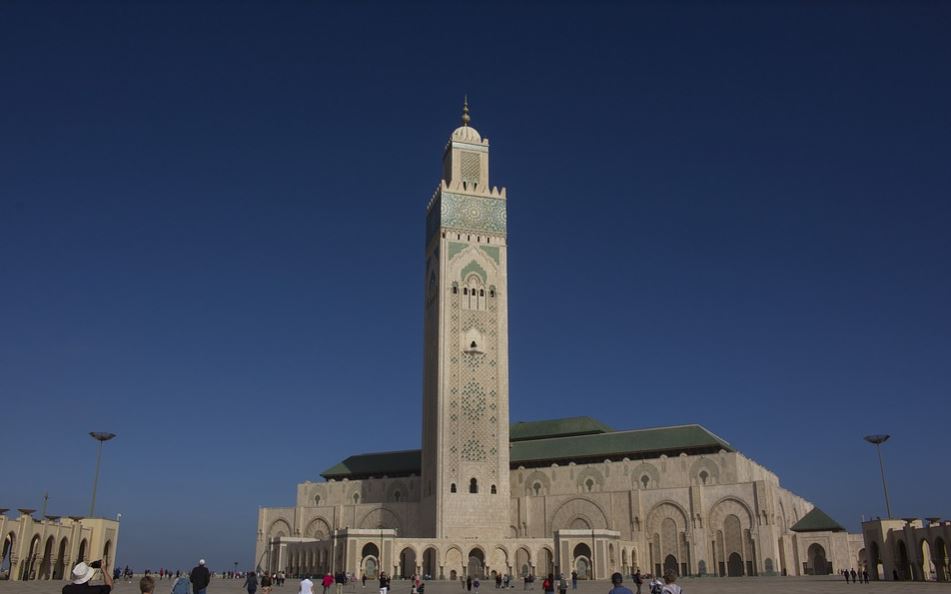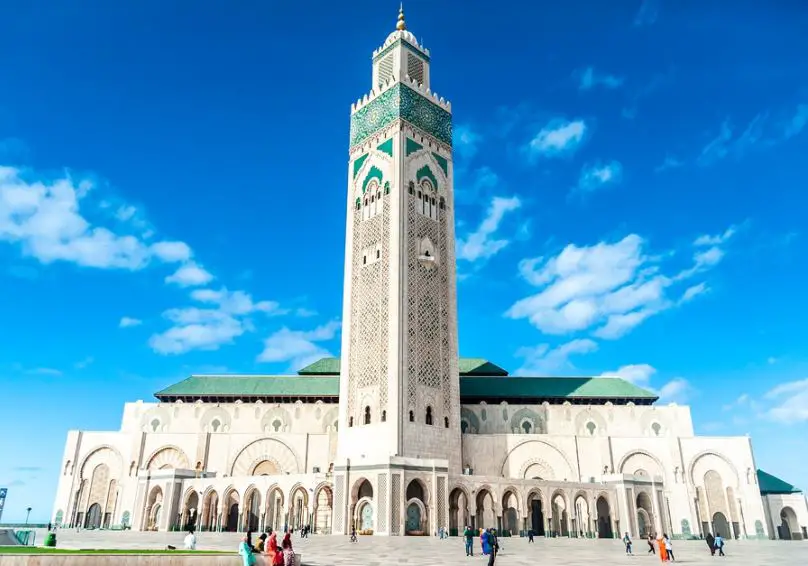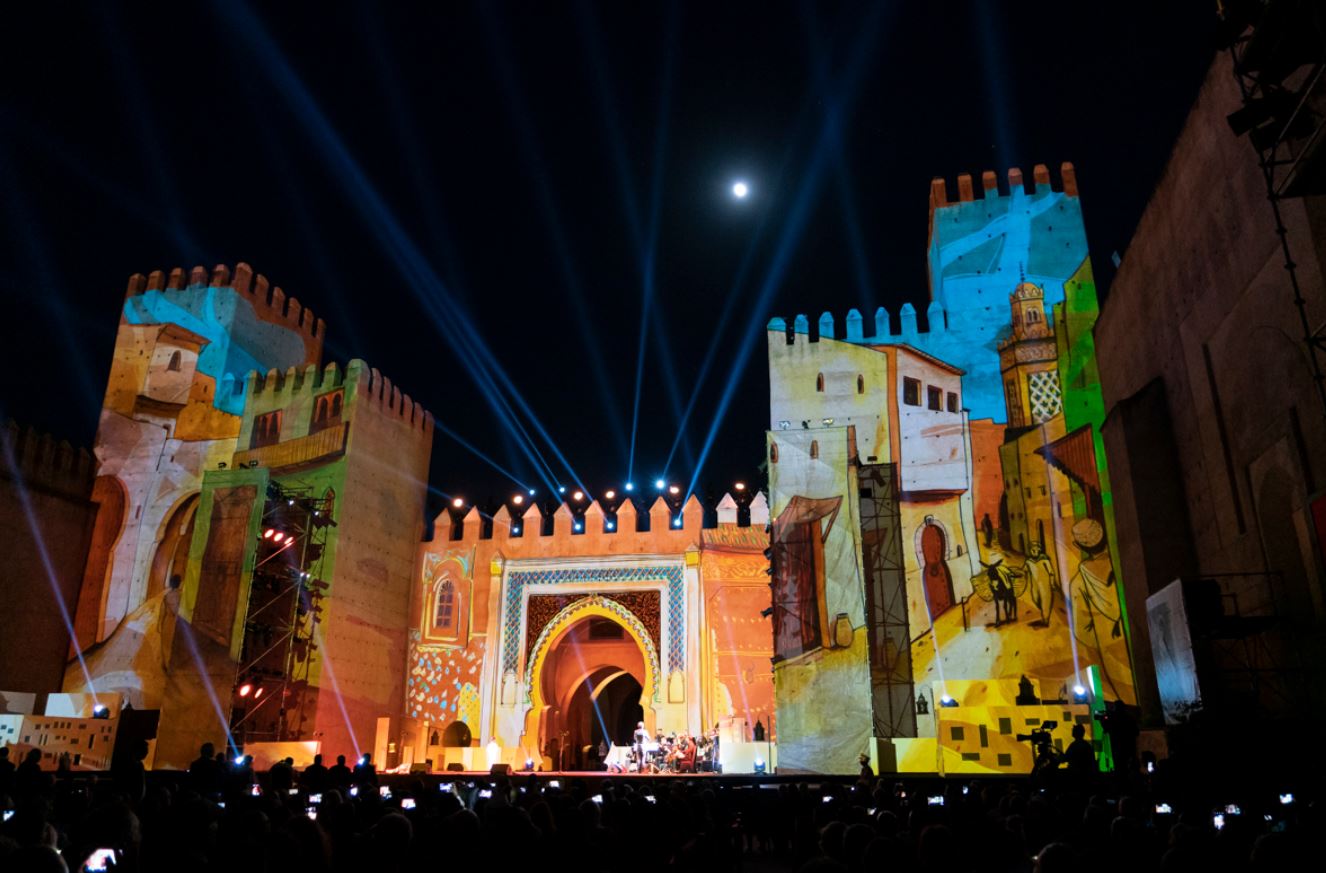What's the etiquette for visiting mosques in Morocco?
Post ByAdequate Travel
Summary
When visiting Morocco, it is important to know and observe the norms and etiquette that are expected when visiting religious sites, such as a mosque. This blog post will discuss the etiquette for visiting a mosque in Morocco, including recommended items to wear, how to approach and interact with religious personnel, and common courtesies expected when visiting this holy place. The place is known for its rich history and culture, welcomes tourists with open arms. However, be sure to review the travel advisory and travel warnings to ensure a safe and enjoyable experience.The Etiquette for Visiting Mosques in Morocco
1. Dress Code:
It is important to dress modestly when visiting mosques in Morocco. Both men and women should ensure their clothing covers their shoulders, chest, and legs up to at least the knees. Women may be required to cover their heads with a scarf or a traditional head covering called a hijab.
Example: Men should wear long pants or trousers and a shirt with sleeves. Women should wear loose-fitting clothing that covers their body and a scarf to cover their hair.
2. Permission to Enter:
Before entering a mosque, it is polite to seek permission from one of the mosque staff or officials. They will guide you through the appropriate entrance and inform you about any specific rules or restrictions that need to be followed.
Example: Approach one of the mosque staff members and ask if it is possible to visit and explore the mosque.
3. Cleanliness and Purification:
Maintaining cleanliness is crucial when visiting mosques. It is customary to perform ablution or ritual washing before entering the prayer area. Wudu (ablution) facilities are usually available near the entrance of the mosque for this purpose.
Example: Take some time to cleanse yourself properly before entering the mosque by washing your hands, face, and feet in the designated area.
4. Respectful Behavior:
Once inside the mosque, it is important to maintain a respectful and quiet demeanor. Avoid talking loudly, making unnecessary noise, or engaging in any disruptive behavior. It is also courteous to avoid taking photographs without permission, as some mosques may have specific rules regarding photography.
Example: Walk softly and refrain from any activities that may disturb the peaceful atmosphere of the mosque.
5. Non-Muslim Visitors:
While mosques are primarily places of worship for Muslims, non-Muslim visitors are often welcomed as long as they adhere to the mosque's rules and etiquette. However, it is polite to be sensitive to the ongoing prayers and religious customs.
Example: Non-Muslims can quietly observe the prayer rituals from a respectful distance, without joining in the actual prayers.
6. Shoes and Footwear:
When entering a mosque, it is customary to remove your shoes or any other footwear. Mosques usually have designated areas or shoe racks near the entrance where visitors can place their shoes.
Example: Take off your shoes before entering the prayer area and store them in the designated area or shoe racks.
7. Friday Congregational Prayer:
On Fridays, the main communal prayer called Jummah takes place, and mosques can be particularly crowded during this time. Non-Muslim visitors are typically not allowed inside the main prayer hall during Jummah prayers.
Example: Plan your visit to a mosque on a day other than Friday if you want to explore the premises and experience a quieter atmosphere.
Travellers can find valuable travel information for tourists, such as local customs, must-see attractions, and dining recommendations, to make the most of their trip.







